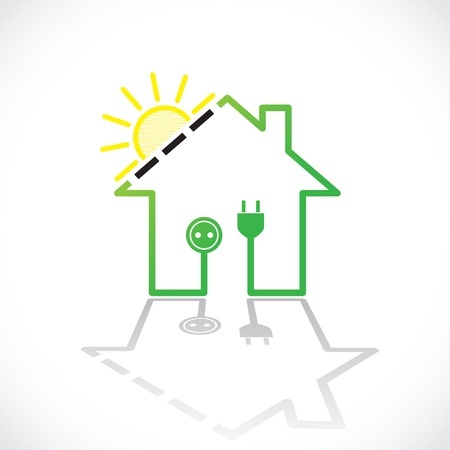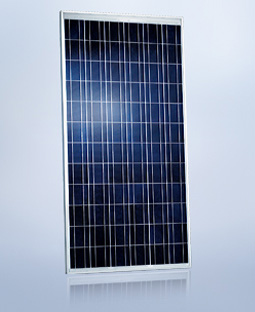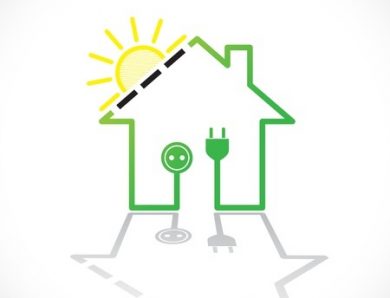
Solar
Gehen die Preise für Photovoltaikmodule weiter nach unten ? Endverbraucher fragen: Soll ich warten ?
 Diese Frage muß regional/global beantwortet werde, Tatsache: in USA sind die Preise höher, als in Europa und speziell in Deutschland. Deutschland hat einen Welt-Marktanteil von ca 35-40 %. Die Preise aus den Ländern mit den höchsten Produktionsraten werden moderat sinken, die Leistungsfähigkeit und die Qualität steigt jedoch kontinuierlich weiter an. Diese internationale Bewertung haben wir aus einem großen US Magazin im Originaltext entnommen:
Diese Frage muß regional/global beantwortet werde, Tatsache: in USA sind die Preise höher, als in Europa und speziell in Deutschland. Deutschland hat einen Welt-Marktanteil von ca 35-40 %. Die Preise aus den Ländern mit den höchsten Produktionsraten werden moderat sinken, die Leistungsfähigkeit und die Qualität steigt jedoch kontinuierlich weiter an. Diese internationale Bewertung haben wir aus einem großen US Magazin im Originaltext entnommen:The rate of price decline, particularly in the United States in this survey increased this month compared to October. For the survey as a whole and across all regions, the November survey recorded 75 price declines against just 13 price rises. This downward ratio of nearly 6:1 compares with a downward ratio of just 1.5:1 the prior month. These downward moves were most evident in the US, not Europe. Price activity remains high in the market, although not at the peaks of mid year, when 176 price reductions were recorded in a single month, namely August 2009. The absolute level of this index can cause some debate within the industry, so periodically it is worth explaining the methodology and why we do it this way. Firstly, the index measures “retail” prices, not “factory” gate prices. A retail price is the last step in the PV chain after taking account of downstream margins and therefore is always much higher than factory prices. The most common way prices are displayed on line is the price for a single module purchase. In reality and particularly in grid connect applications, modules are rarely purchased in single units. However, recording data for a single unit provides Solarbuzz with the best data transparency when comparing individual model prices and prices of individual company lines. When residential customers buy, say for a 2 kilowatt system on their home, they are purchasing in multiple units and will see price discounts as a consequence. Prices vary widely online, so it is common for the lowest price and highest price for the same module to differ by anything up to 30%. This index utilizes averages and equally weights all price points. Consumers though will clearly seek out the lowest prices in the market. That is why it is particularly important to note lower down on this page, what percentage of prices fall at the lower end of the range in the survey result – these lower prices will be where most transactions occur. The industry is rapidly moving to higher wattage modules – most notably above 200 watts. Generally, the higher the wattage of the module, the lower the price per watt. The indices on this page include panels sizes down to 125 watts. Therefore, this will raise the value of the index, when compared to say, an analysis which just follows prices above 200 watts. Finally, the index that includes all price points, which this one does, is also subject to online retailers keeping their prices up to date. Most do, but there are some that do not. This will cause prices to stay higher in a falling market. The purpose of retaining the full survey for this particular index is to minimize the potential of an individual retailer overly impacting the data and therefore distorting the index movement.
Lowest Prices ($/Wp)
Now that overall price levels have reduced, the tracking of the lowest price band in the survey is measured against the number of prices below $4.00 per watt (previously, this page was tracking prices below $4.75 per watt). As of November 2009, there are currently 309 solar module prices below $4.00 per watt (€2.72 per watt) or 21.4% of the total survey. This compares with 290 price points below $4.00 per watt (€2.72 per watt) in October. The lowest retail price for a multi-crystalline silicon solar module is $2.48 per watt (€1.69 per watt) from a US retailer. The lowest retail price for a mono-crystalline silicon module is also $2.70 per watt (€1.83 per watt), from an Asian retailer. Note, however, that “not all models are equal.” In other words, brand, technical attributes and certifications do matter. The lowest thin film module price remains at $1.76 per watt (€1.20 per watt) from an Asian-based retailer. As a general rule, it is typical to expect thin film modules to be at a price discount to crystalline silicon (for like module powers). This thin film price is represented by a 130 watt module. Note, once again, that these prices are based upon the purchase of a single solar module and prices are exclusive of sales taxes. Information on volume discounts, factory gate and PV system pricing is available as part of our consultancy services.
Price Index Context
The module cost represents around 50 – 60% of the total installed cost of a Solar Energy System. Therefore the solar module price is the key element in the total price of an installed solar system. All prices are exclusive of sales taxes, which depending on the country or region can add 8-20% to the prices, with generally highest sales tax rates in Europe.

No Comment